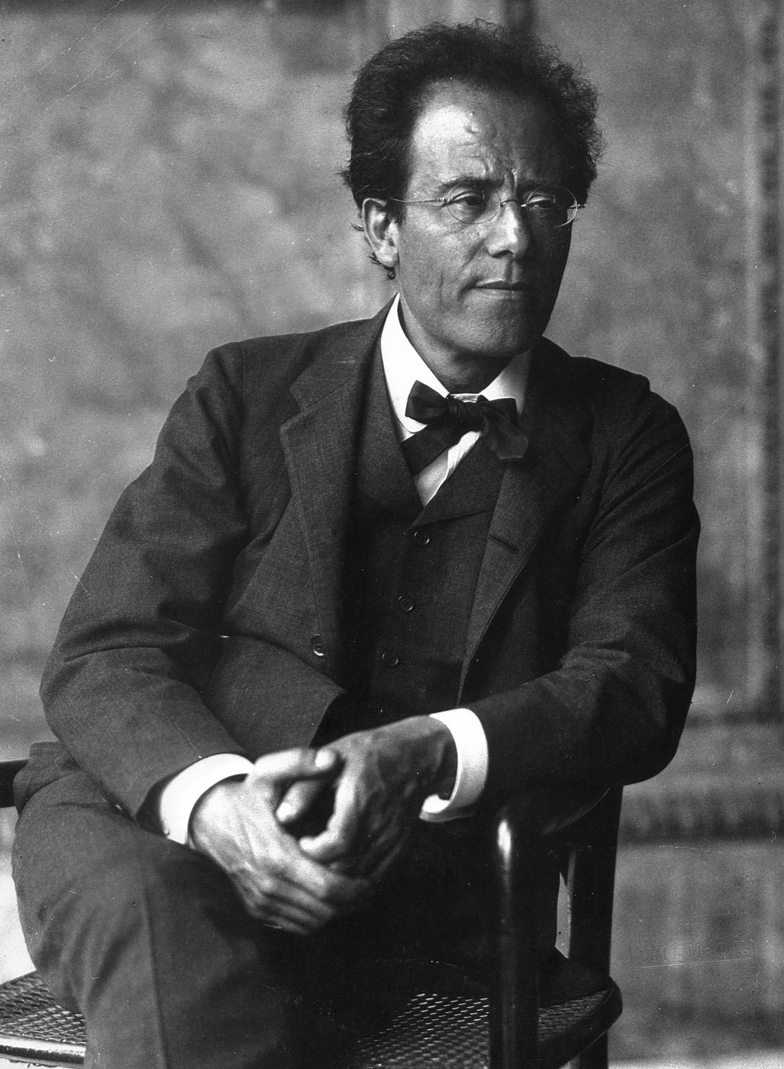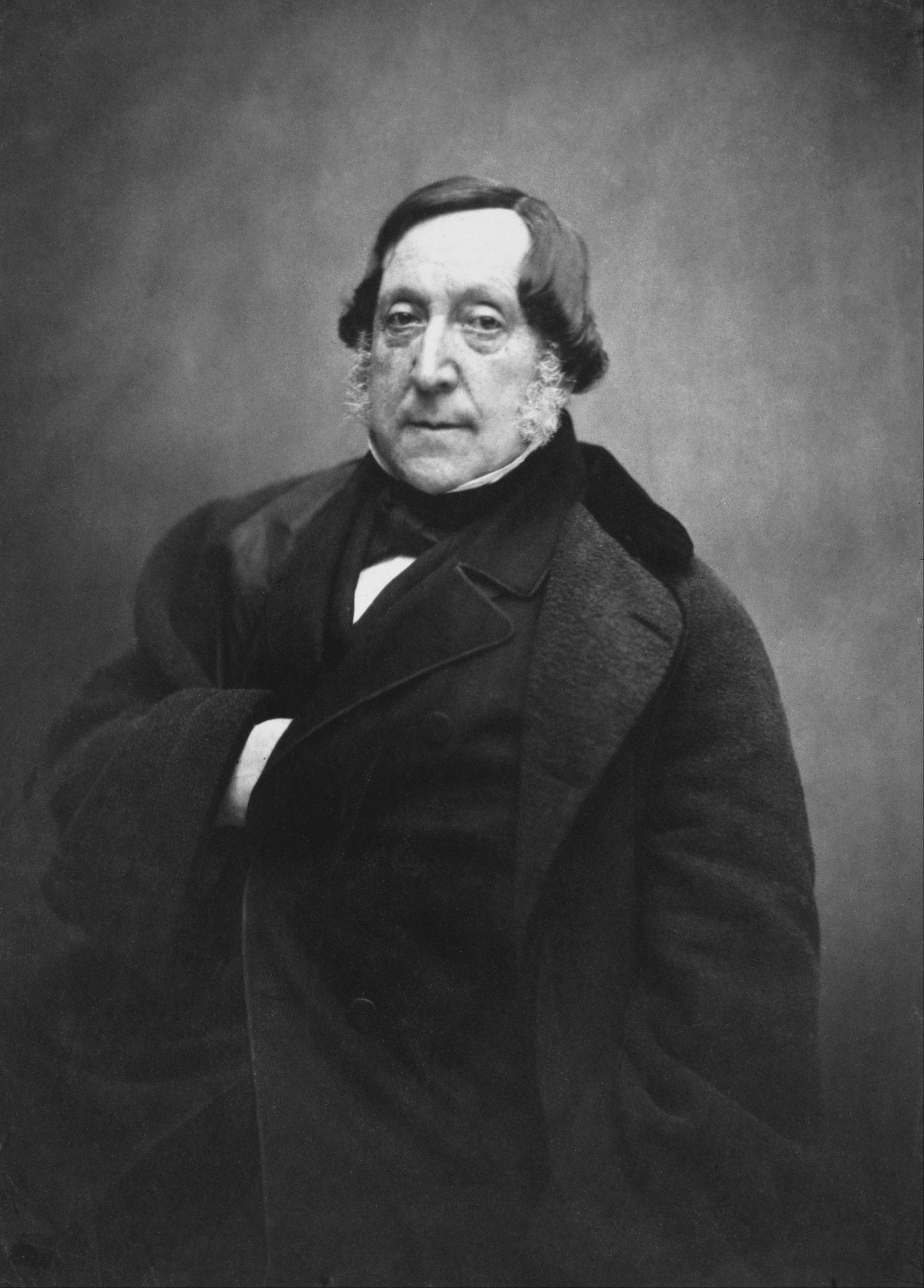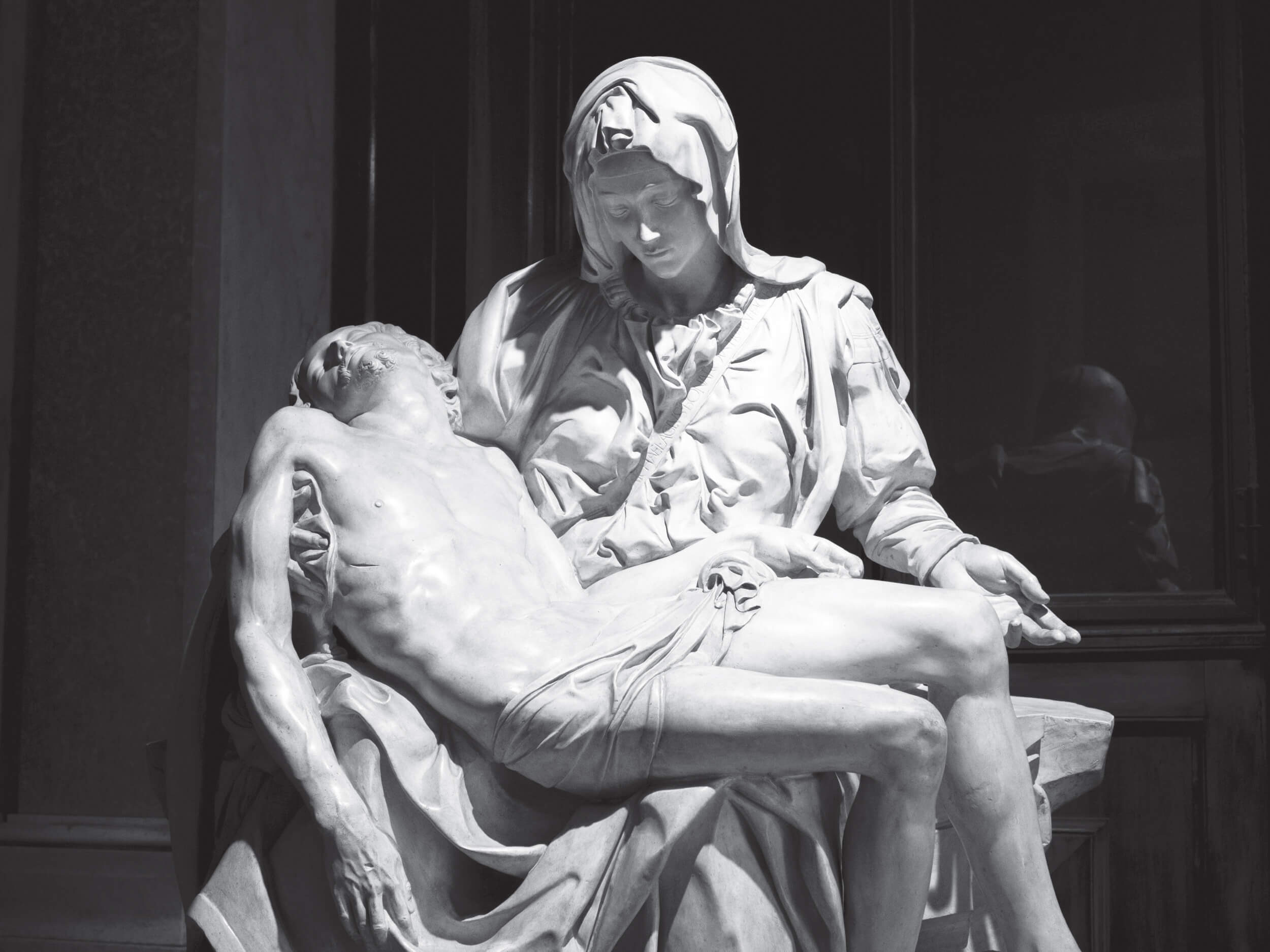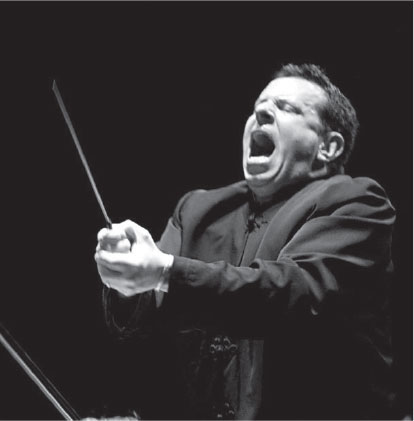Saturday, 23 October 2021
7:30 p.m. MST
Helena Civic Center
Watch live on YouTube.
Saturday, 23 October 2021
A concert of healing to remember those lost during the pandemic – three miniatures of Mahler allow us to reflect. Legendary Italian composer Gioachino Rossini brings his flair for operatic drama, passion, love, and loss to the setting of Stabat Mater – a recounting of the Virgin Mary’s devastation over the death of her son.

Reflect, remember, and heal with us.
Enter the names of loved ones you have lost and would like to be remembered.
Cheryl Leptich
Ardelle Thronson
Jack Hamlin
Merry Lunde
Merton Paul Zuelke
Margarette Ann "Mike" Archibald
Marcie Bugni
Curtin Stinson
Brian Humle
Sonny Stiger
Chief Earl Old Person
John Prine
Ruth Bader Ginsburg
Debbie Zuidema
Kay Francis Cohen
John A. Teberg
Sandra Brockbank
Cory Casagrande
Dr. & Mrs. William Ballinger
Barbara Kenny
Robert Cummins
Bruce Duenkler
Echolyn Travis
Maggie Long
Tim Reardon
Susan Hamilton
Henry Van Wormer
Wayne Peterson
Patsy Spear
Rodney Capistran
Ella Auch Shields
Tony Harrah
John P. Shaw
Russ Cargo
Heather Barnes
Murphy Fox
Joan Duncan
Byron Roberts
Irene Roberts
Ed Noonan
Harry Greisser
Josephine Therriault
Irene Kolbash
Russel Cargo
Currently in his nineteenth season as Music Director of the Helena Symphony Orchestra & Chorale, Maestro Allan R. Scott is recognized as one of the most dynamic figures in symphonic music and opera today. He is widely noted for his outstanding musicianship, versatility, and ability to elicit top-notch performances from musicians. SYMPHONY Magazine praised Maestro Scott for his “large orchestra view,” noting that “under Scott’s leadership the quality of the orchestra’s playing has skyrocketed.”
About the Guest Artists
Keeping You Safe in the Concert Hall
Due to the recent increase in COVID-19 cases and new variants emerging in Lewis and Clark County and the United States, the Helena Symphony will take necessary precautions to keep our musicians, staff, and audience protected. The Helena Symphony will continue to follow CDC guidelines throughout Season 67 and monitor the daily transmission rates within our county. When the transmission rate is high or substantial, audience members will be required to wear a mask while in the concert hall. On concert nights when the transmission is moderate or low, individuals will be encouraged to wear a mask, but are not required to do so.
Each member of the Helena Symphony Orchestra & Chorale will be tested prior to rehearsals and prior to each concert. This will ensure each musician present on stage is negative for COVID-19. The Helena Symphony will continue to work closely with the county health department and the city of Helena throughout the Season to ensure the safety of our musicians, staff, and audience. If you have questions about how the Helena Symphony will be adapting to the evolving COVID-19 situation this Season, please call our office at 406.442.1860.
About the Program – By Allan R. Scott ©

GUSTAV MAHLER
Born: 7 July 1860 in Kaliště, Bohemia
Died: 18 May 1911 in Vienna, Austria
Parallel Events / 1884
Sino-French War begins
Grover Cleveland is elected the 22nd U.S. President
The Washington Monument is completed, making it the largest structure in the world at the time
Dow Jones index is created
First Oxford English Dictionary is published
Mark Twain’s Adventures of Huckleberry Finn is published
Local anesthesia is invented
U.S. President Harry S. Truman and U.S. First Lady Eleanor Roosevelt are born
Composer Bedrich Smetana, Alice Roosevelt (wife of Teddy Roosevelt), and Martha Roosevelt (mother of Teddy Roosevelt) die
Blumine (Blossoms)
Mahler’s Blumine is scored for two flutes, two oboes, two clarinets, two bassoons, four horns, trumpet, harp, and divided strings.
Duration: 7 Minutes
Parallel Events / 1901
U.S. President William McKinley is assassinated. Theodore Roosevelt becomes 26th President
British Queen Victoria dies
Bruckner’s Sixth Symphony and Mahler’s Symphony
No. 4 premiere
Composer Giuseppe Verdi and 23rd U.S. President Benjamin Harrison die
Walt Disney, jazz musician Louis Armstrong, comedian Herbert Zeppo Marx, violinist Jascha Heifetz, and actors Gary Cooper and Clark Gable are born
First New Year’s Day Mummers Parade in Philadelphia
Adagietto from Symphony No. 5
Mahler’s Adagietto from his Symphony No. 5 is scored harp and divided strings.
Duration: 10 minutes
Parallel Events / 1896
William McKinley elected 25th U.S. President
Utah becomes 45th U.S. state
Nicholas II crowned Russian Tsar
Henry Ford test-drives first automobile
Charles Dow publishes first edition of Dow-Jones Industrial Average
Tsunami in Japan kills 27,000 people
Puccini’s opera La Bohème premieres
John Philip Sousa composes Stars and Stripes Forever March
“When the Saints Go Marching In” is written
First kiss on film
“What the Wild Flowers Tell Me” from Symphony No. 3
Mahler’s “What the Wild Flowers Tell Me” arranged by Benjamin Britten is scored for piccolo, two flutes, two oboes, two clarinets, two bassoons, four horns, three trumpets, trombone, glockenspiel, suspended cymbal, triangle, tambourine, rute, harp and divided strings.
Duration: 9 minutes

Parallel Events / 1842
U.S. and Britain settle dispute over Canadian border
U.S. passes first child labor laws
New York Philharmonic gives first performance
London Illustrated News is first published
Mount St. Helen’s erupts in Washington state
Jules Verne writes Around the World in 80 Days
Abraham Lincoln and Mary Todd marry
Mendelssohn’s Scottish Symphony, Verdi’s opera Nabucco, and Glinka’s opera Russlan & Ludmilla premiere
Composers Sir Arthur Sullivan and Jules Massenet, Outlaw Jesse James, and German astronomer Hermann Karl Vogel are born
Paper becomes used for Christmas cards
Sewing machine is patented
GIOACCHINO ROSSINI
Born: Pesaro, Italy, 29 February 1792
Died: Passy, Italy, 13 November 1868
Stabat Mater
Rossini’s Stabat Mater is scored for two flutes, two oboes, two clarinets, two bassoons, four horns, two trumpets, three trombones, timpani, divided strings, mixed chorus, and soprano, mezzo soprano, tenor, and baritone solos.
Duration: 62 minutes








